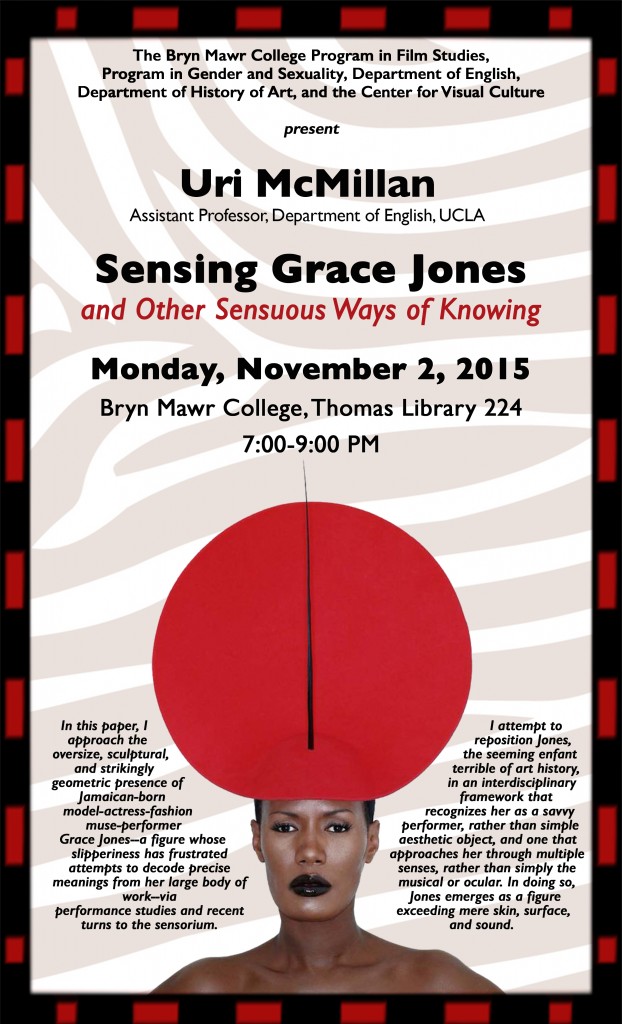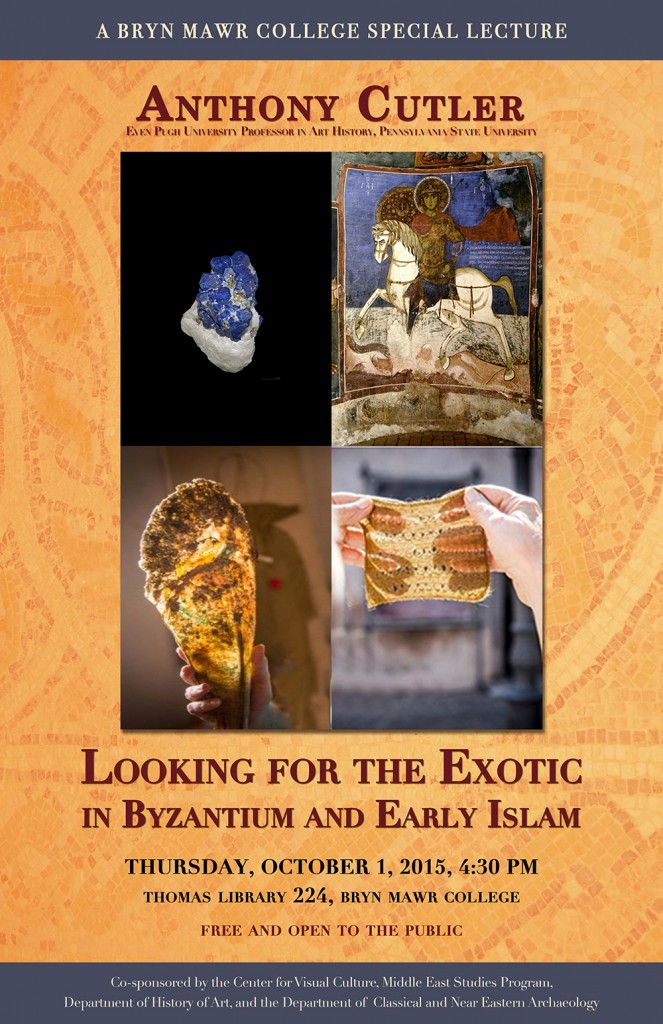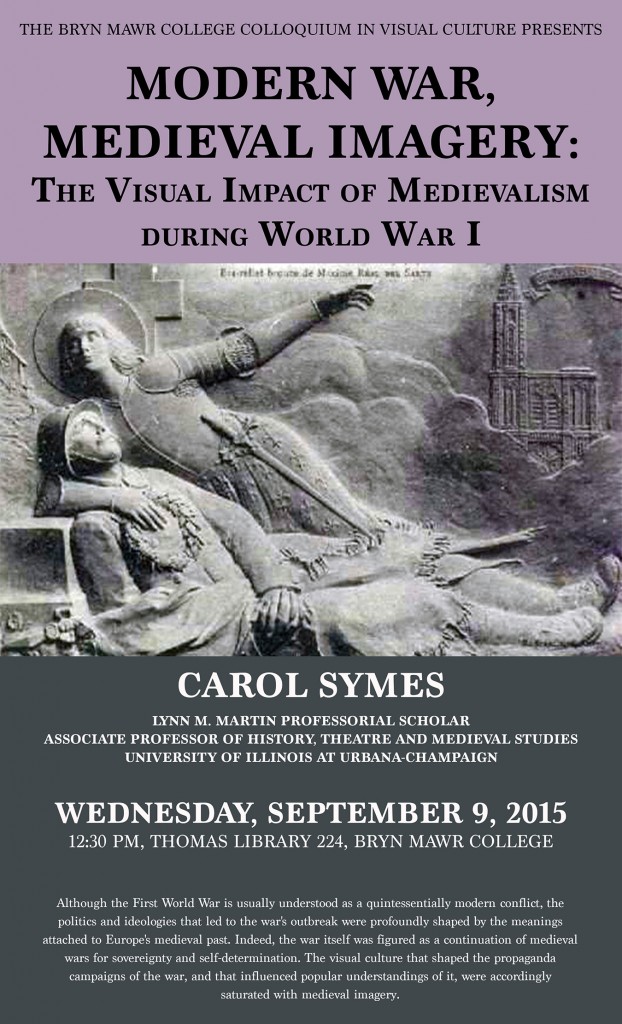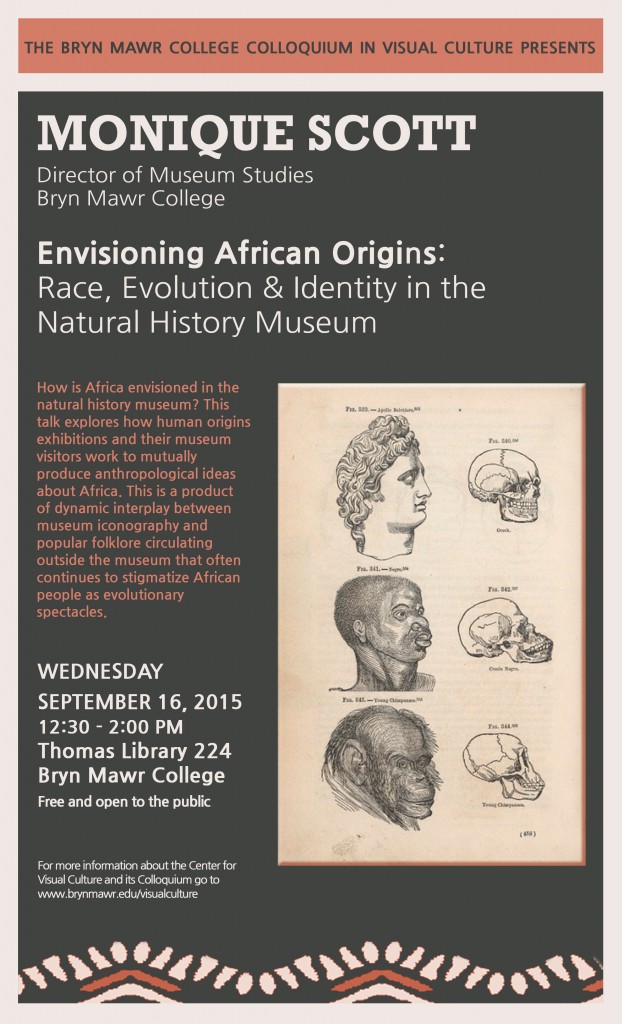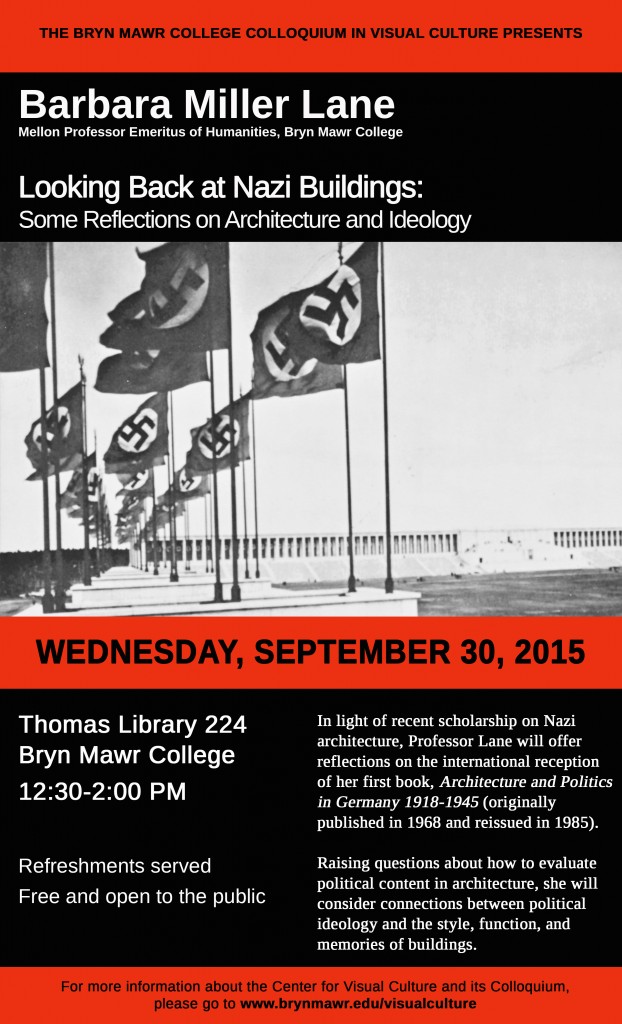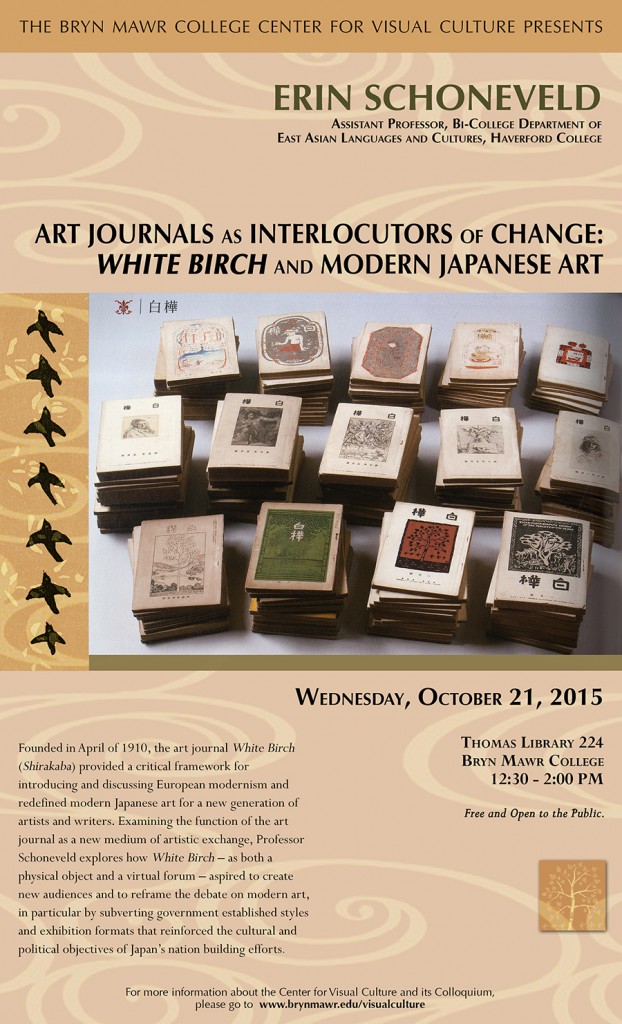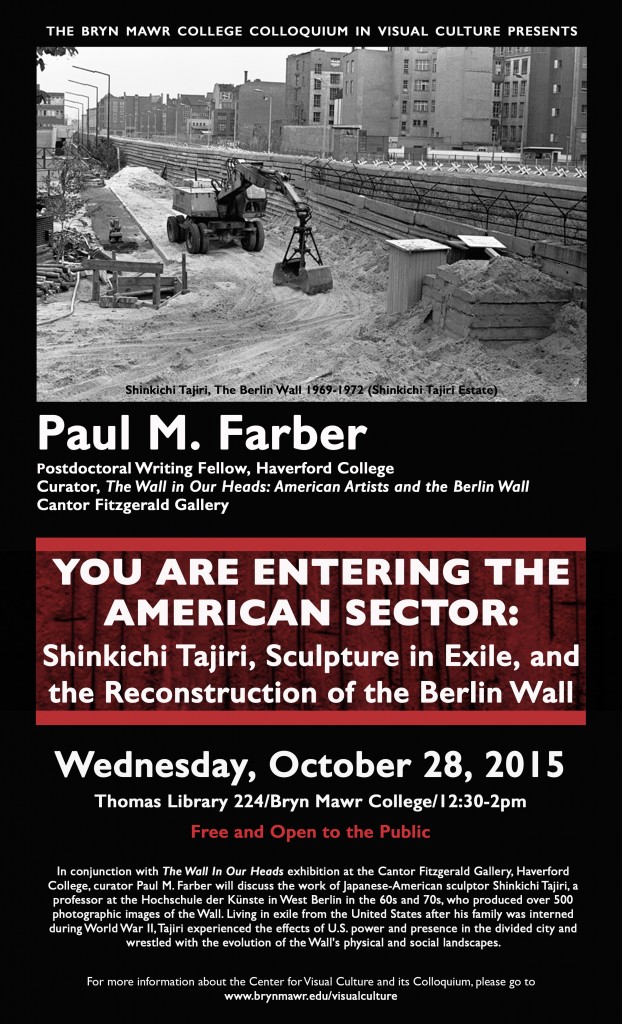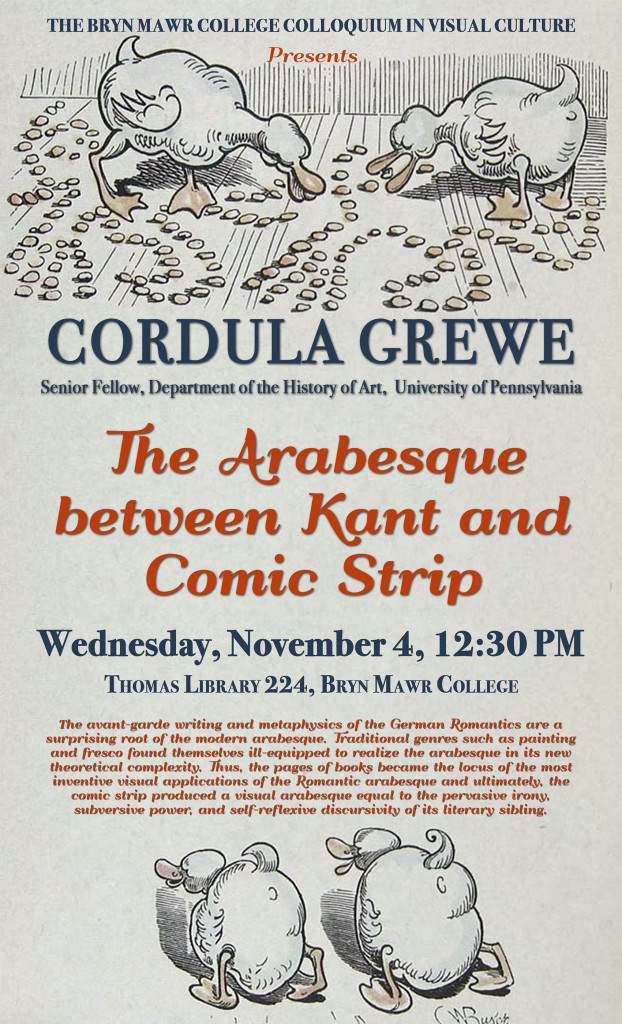Assistant Professor, Department of English, UCLA
Sensing Grace Jones: and Other Sensuous Ways of Knowing
Monday, November 2, 2015
Bryn Mawr College
Thomas Library 2247-9 PM
Co-sponsored by the Bryn Mawr College Program in Film Studies, Department of English, Department of History of Art, Program in Gender & Sexuality
and the Center for Visual Culture
In this paper, I approach the oversize, sculptural, and strikingly geometric presence of Jamaican-born model-actress-fashion muse-performer Grace Jones–a figure whose slipperiness has frustrated attempts to decode precise meanings from her large body of body–via performance studies and recent turns to the sensorium. I attempt to reposition Jones, the seeming enfant terrible of art history, in an interdisciplinary framework that recognizes her as a savvy performer, rather than simple aesthetic object, and one that approaches her through multiple senses, rather than simply the musical or ocular. In doing so, Jones emerges as a figure exceeding mere skin, surface, and sound.
Uri McMillan is a cultural historian who researches and writes in the interstices between black cultural studies, performance studies, queer theory, and contemporary art. His first book,
Embodied Avatars: Genealogies of Black Feminist Art and Performance (NYU, 2015) is on black performance art, objecthood, and avatars staged by black women artists. He has published articles on performance art, digital media, hip-hop, photography, and nineteenth-century performance cultures in varied arenas such as
Women and Performance: A Journal of Feminist Theory, Souls: A Critical Journal of Black Politics, Culture, and Society, GLQ: A Journal of Gay and Lesbian Studies, and
e-misferica (all are available for download at
urimcmillan.com). In addition, he has lectured at art museums, including MoMA PS1 and the Hammer Museum, and published numerous essays on black contemporary art for the Studio Museum of Harlem. His work has been supported by the Ford Foundation and the Woodrow Wilson Foundation.
